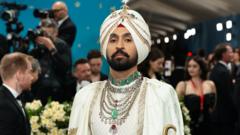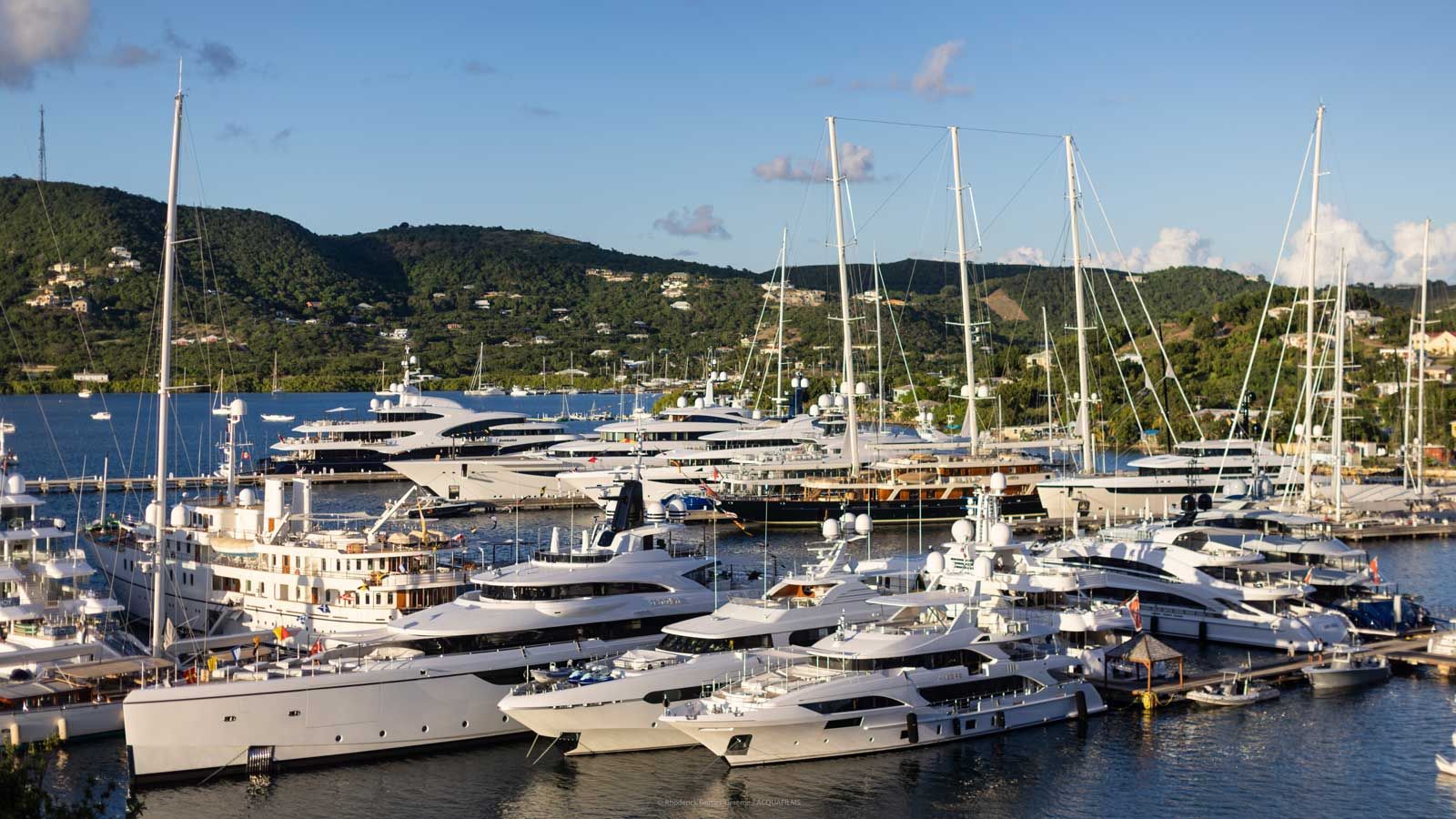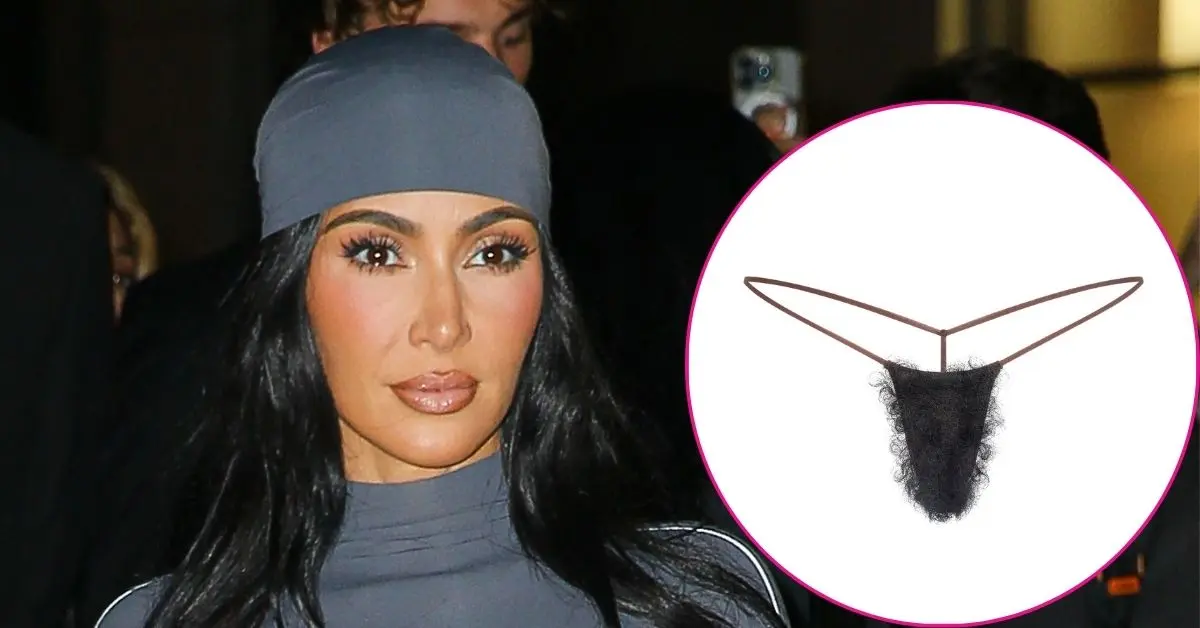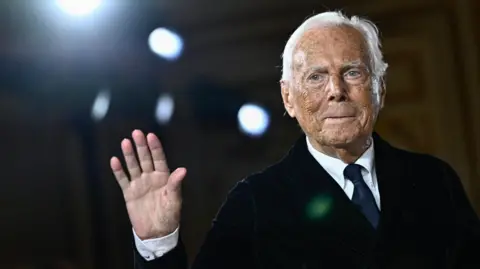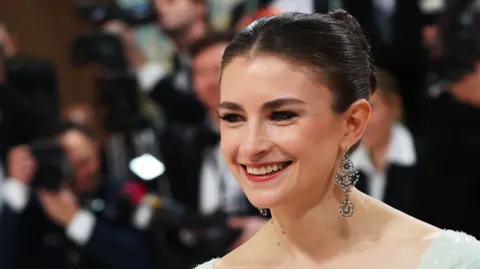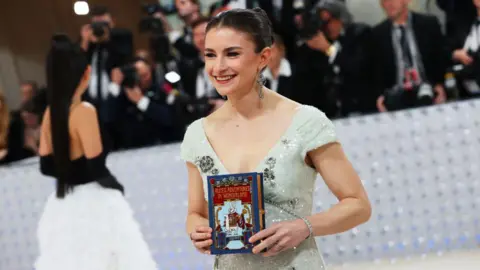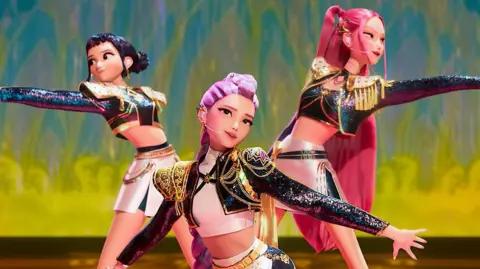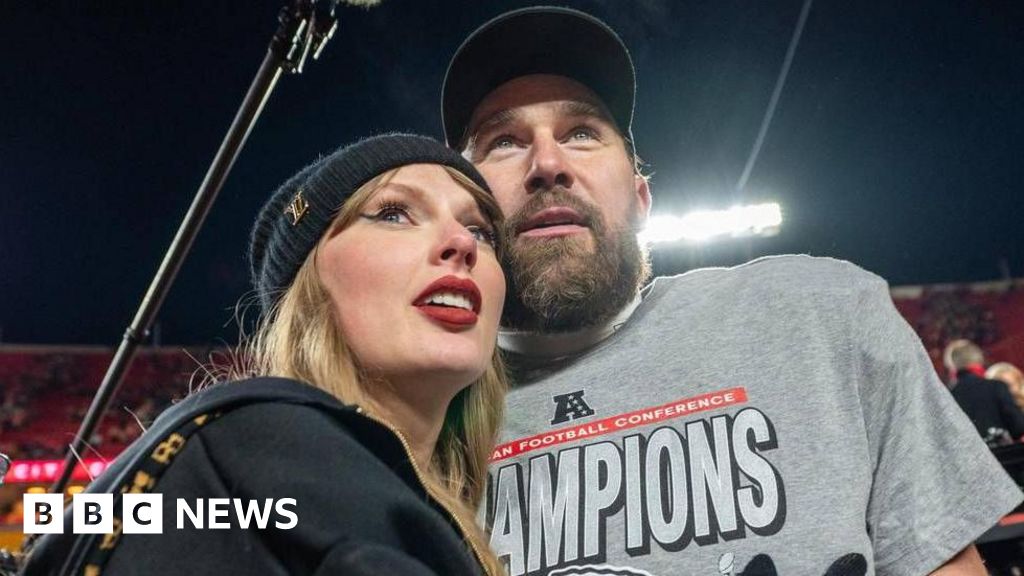In a remarkable blend of tradition and modernity, Punjabi hip-hop artists are redefining the fashion landscape as they achieve international acclaim. The recent Met Gala saw singer Diljit Dosanjh make a striking debut, dressed in an opulent ensemble by designer Prabal Gurung that paid homage to Punjabi heritage. His outfit featured an intricate ivory and gold design inspired by early 20th-century maharajahs, complete with a jewel-encrusted turban, a luxurious necklace echoing royal items, and a cape showcasing his home state's map.
Dosanjh, often merging traditional Punjabi styles with contemporary Western fashion, is not alone in his influence. Other artists like Jazzy B and Badshah are shaping the style narrative, displaying signature items such as massive rings and trendy eyewear, along with stylish hoodies and accessories that resonate with young Punjabi fans globally. This evolution reflects a growing subculture where energetic lyrics celebrate both local pride and international luxury brands.
As bhangra competitions now thrive in sneakers, and dance nights adopt modern attire, the transformations extend beyond the stage into everyday wear. Cultural insights reveal that the fusion of Western pop culture and Punjabi identity mirrors the thriving diaspora community, which has embraced hybridity and innovation in self-expression.
Art historians underline the significance of this fashion evolution as a reflection of aspirational shifts among Punjabi youth, moving from traditional farmer identities to global consumerism influenced by luxury brands since the early 2000s. The styles embody a fusion of contemporary and traditional aesthetics that resonates across the globe, forging a new cultural significance that elevates Punjabi artists as global icons.
The androgynous style choices of these musicians lend a multifaceted identity to contemporary Punjabi fashion, transcending conventional gender norms while always honoring their cultural roots. The visible integration and exploration of these identities can also be seen in performances and merchandise, where young artists choose modern attire that strays from traditional norms yet retains deep cultural meaning.
In Punjab itself, local art forms are evolving, with performers swapping traditional costumes for dynamic streetwear, reflecting a vibrant cultural tapestry that elevates the Punjabi identity through rhythm and fashion. As these styles continue to evolve, they pave the way for emerging artists, shaping contemporary culture into a rich dialogue between past and present.
Dosanjh, often merging traditional Punjabi styles with contemporary Western fashion, is not alone in his influence. Other artists like Jazzy B and Badshah are shaping the style narrative, displaying signature items such as massive rings and trendy eyewear, along with stylish hoodies and accessories that resonate with young Punjabi fans globally. This evolution reflects a growing subculture where energetic lyrics celebrate both local pride and international luxury brands.
As bhangra competitions now thrive in sneakers, and dance nights adopt modern attire, the transformations extend beyond the stage into everyday wear. Cultural insights reveal that the fusion of Western pop culture and Punjabi identity mirrors the thriving diaspora community, which has embraced hybridity and innovation in self-expression.
Art historians underline the significance of this fashion evolution as a reflection of aspirational shifts among Punjabi youth, moving from traditional farmer identities to global consumerism influenced by luxury brands since the early 2000s. The styles embody a fusion of contemporary and traditional aesthetics that resonates across the globe, forging a new cultural significance that elevates Punjabi artists as global icons.
The androgynous style choices of these musicians lend a multifaceted identity to contemporary Punjabi fashion, transcending conventional gender norms while always honoring their cultural roots. The visible integration and exploration of these identities can also be seen in performances and merchandise, where young artists choose modern attire that strays from traditional norms yet retains deep cultural meaning.
In Punjab itself, local art forms are evolving, with performers swapping traditional costumes for dynamic streetwear, reflecting a vibrant cultural tapestry that elevates the Punjabi identity through rhythm and fashion. As these styles continue to evolve, they pave the way for emerging artists, shaping contemporary culture into a rich dialogue between past and present.

